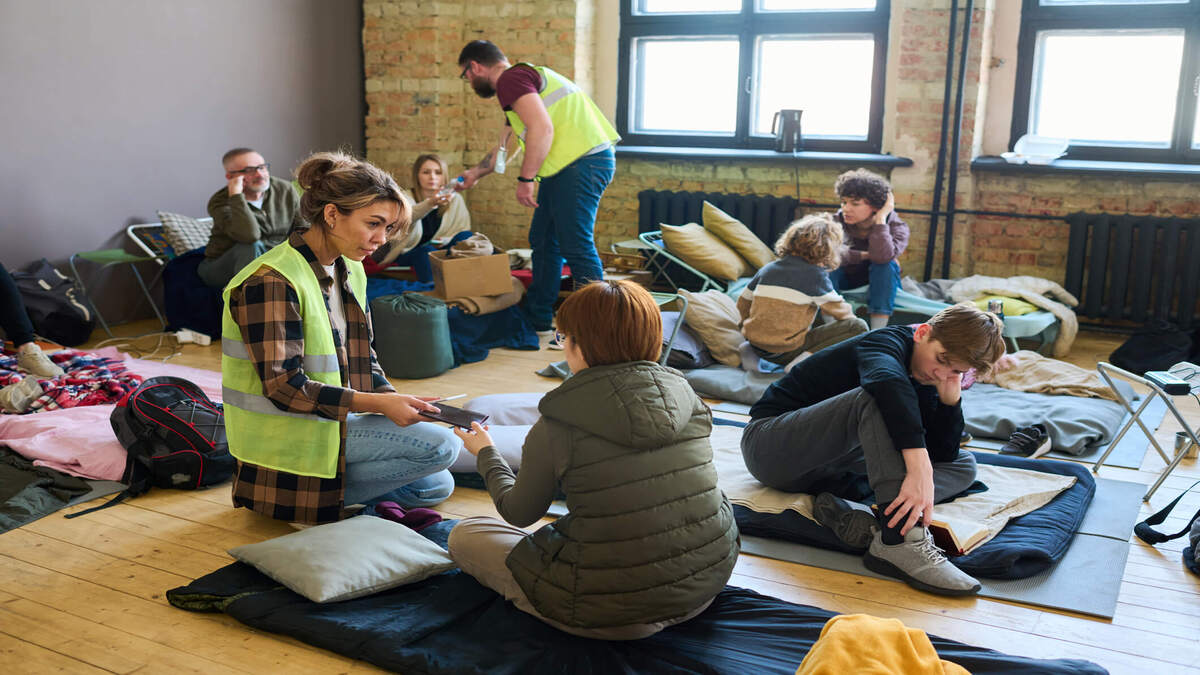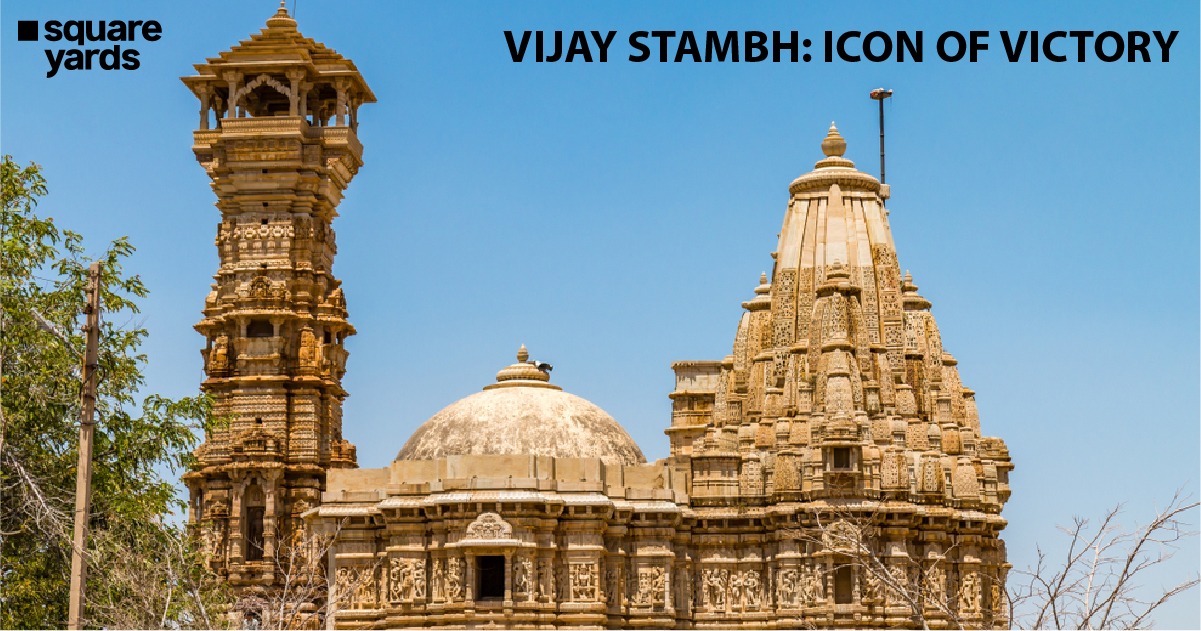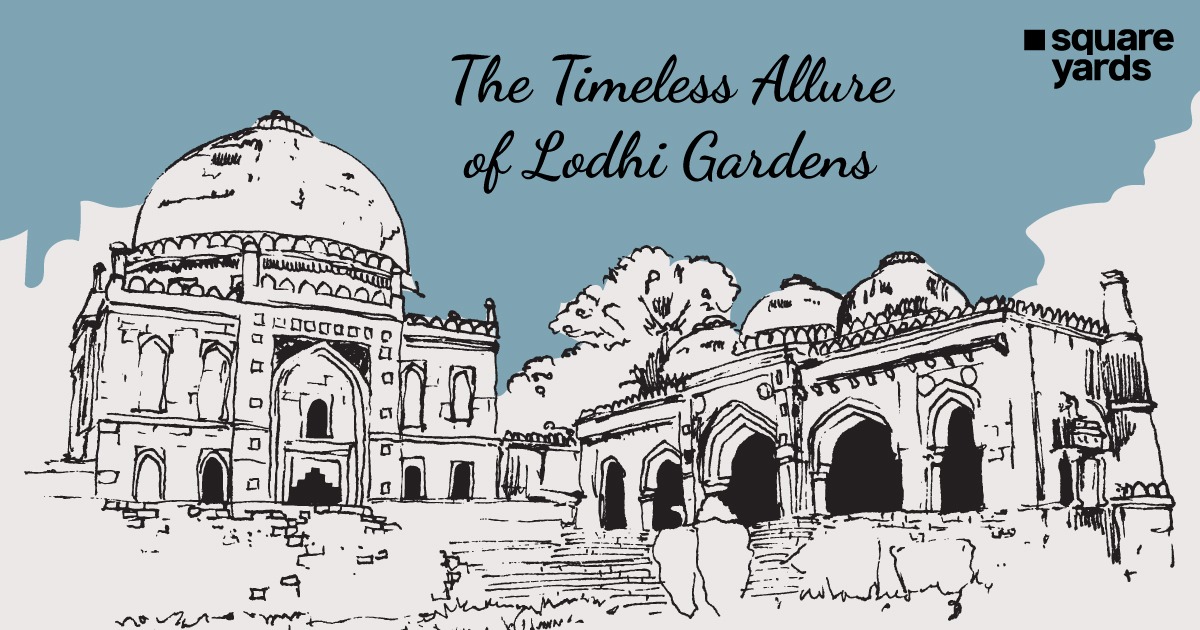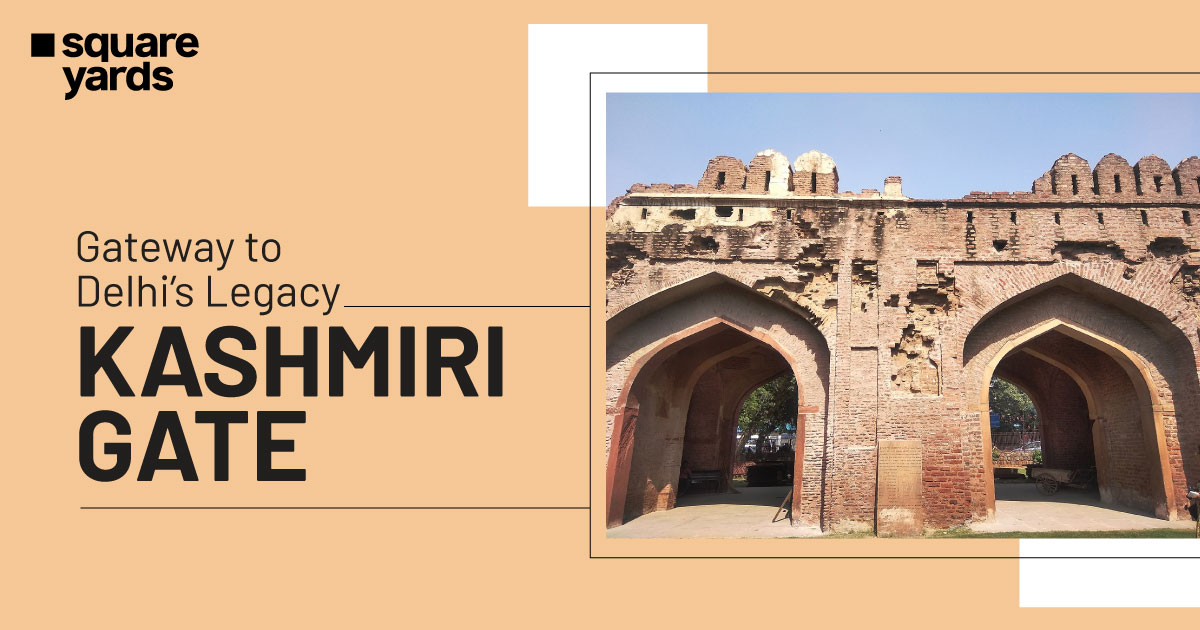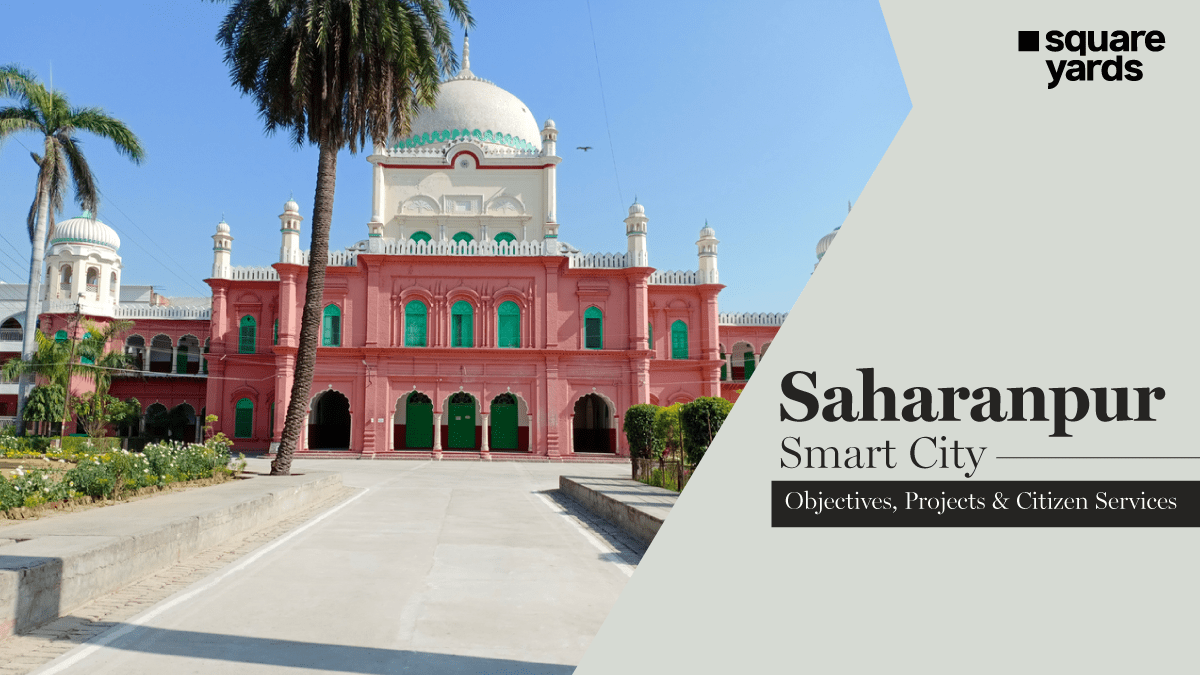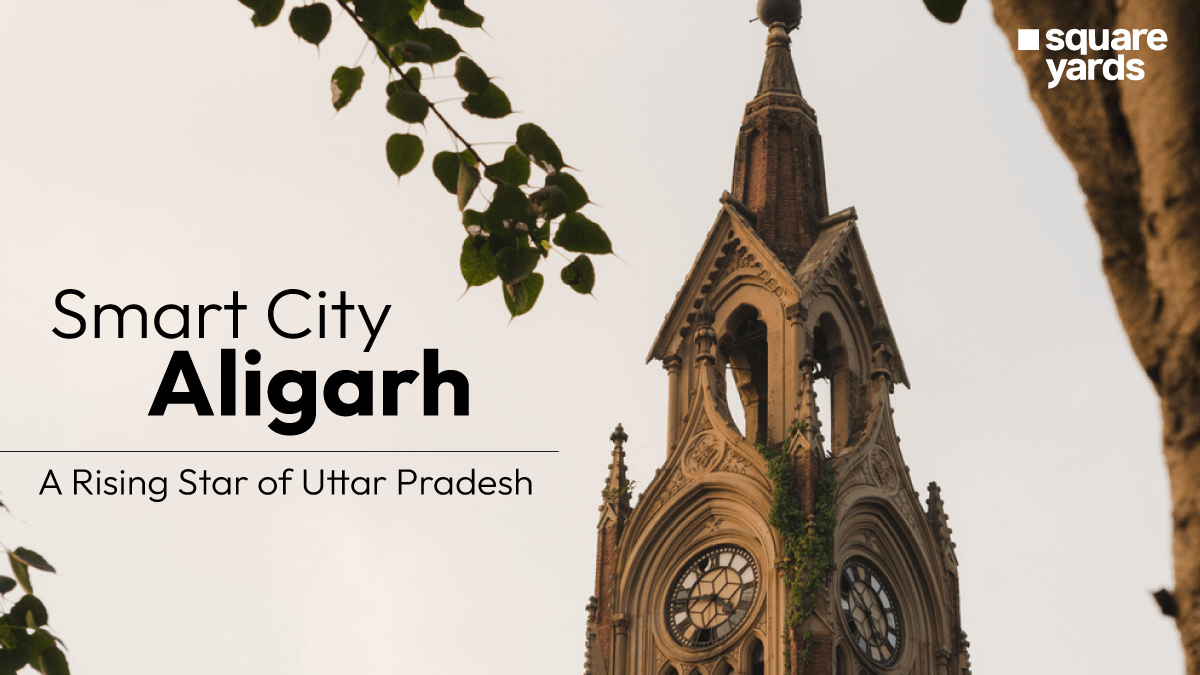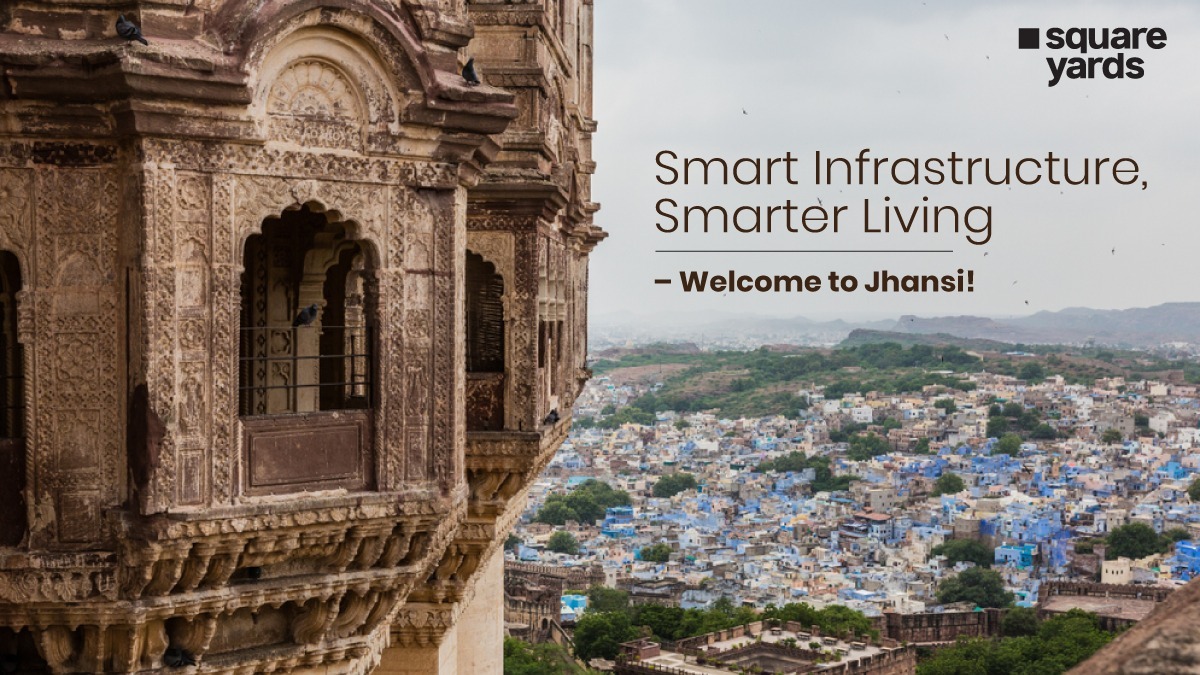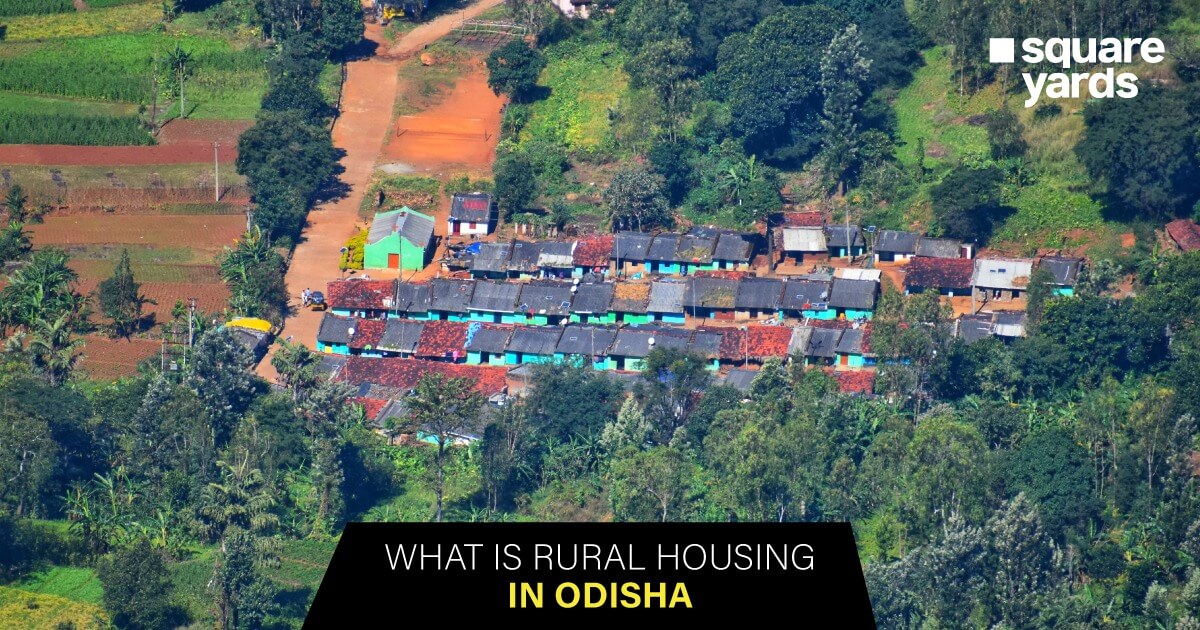India is a country that prides itself in its commitment to protecting the most vulnerable members of its society. The Juvenile Justice Act is one of the government’s initiatives to this end, as it provides for the setting up of shelter homes for children, women, and other people in need of care and protection.
These shelters offer a safe haven from the elements and serve as drop-in-centres and night shelters for those in urgent need. In this way, the government is taking necessary steps to ensure the well-being of all of its citizens.
Table of contents
What are Shelter Homes?
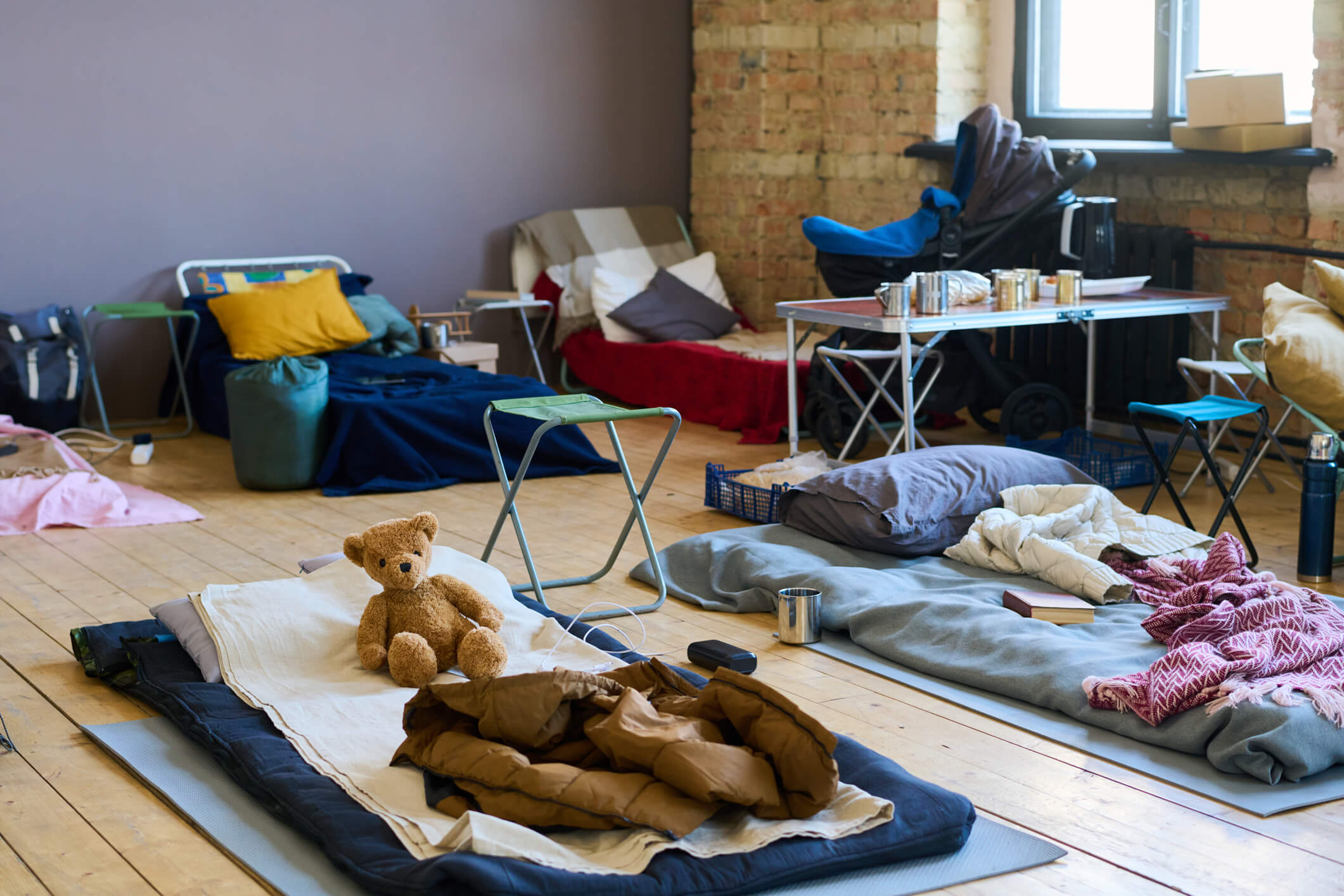
A shelter home is a place of refuge for those in urgent need or in times of emergency. It is a temporary arrangement provided to those who are homeless or vulnerable and facing a crisis. For example, a family evicted from their home due to financial difficulties, a victim of domestic abuse or a young person with nowhere to go.
Shelter houses provide a safe and secure environment for people in need. These homes are run by charities, local authorities, and religious organisations. They offer a range of services and support, including food, clothing, and basic amenities, such as a bed, shower, and toilet.
In addition to providing a safe and secure environment, shelter homes also offer counselling and support to those facing difficult times. They provide advice and guidance, as well as emotional and practical help. They can contact other organisations who can help them, such as housing advice and support services. The staff at shelter homes are compassionate and understanding.
They understand that people can find themselves in challenging situations, and they do their best to provide a safe and secure environment to those who need it most. Shelter houses provide a vital service to those in need.
Features of Shelter Homes
Here are the much-appreciated and needed qualities that a shelter house performs to safeguard the interest of the most vulnerable section of society. Have a look:
- Shelter homes provide an environment of safety and security for those who have suffered abuse and empower them to reclaim their independence.
- They create awareness and understanding of gender-based violence and equip women with the necessary knowledge to access legal and social support systems.
- Moreover, they facilitate the education of healthcare and judicial personnel and social service and security staff to identify and address violence against women.
- Shelter homes offer assistance that allows those affected to heal, rebuild their self-confidence and take steps to regain autonomy.
- Shelter houses are an invaluable resource for those affected by abuse, providing a safe haven and the necessary support.
- They help educate and inform healthcare, judicial personnel, social service, and security staff about gender-based violence and human rights violations.
- At the same time, they offer assistance to women so they can access the legal and social services available to them.
- Furthermore, they are an environment of support where those affected by violence can heal, reclaim their independence and take steps to improve their lives.
Benefits of Shelter House
Check out the crucial benefits of shelter housing this society is in need of
- Shelter homes provide a safe and secure environment for homeless individuals and families.
- They provide access to basic needs such as food, clothing, and shower facilities.
- They offer programs and resources to help individuals and families transition from homelessness.
- They provide access to job training and educational opportunities.
- They offer a sense of community and support to help individuals and families rebuild their lives.
Shelter Homes for Animal

Shelter houses for animals in India are a refuge for homeless animals, providing them with a safe place to live, food, water, and medical care. They provide a safe place for abandoned, neglected, or abused animals and give them a second chance at life.
The purpose of shelter homes for animals in India is to provide a safe and healthy environment for animals and to give them an opportunity to find a loving home. They are also a place for animals to receive medical care and to be spayed or neutered. Animals in these shelters are cared for by trained staff and volunteers.
The Features of shelter homes for animals in India vary, depending on the organisation and its Budget.
- Some shelters have a more extensive staff and can provide more services such as vaccinations, dental care, and behavioural training. Other shelters may only have a few volunteers and may not be able to provide as many services.
- In addition to providing a safe home for animals, some shelters also offer adoption services. This allows people to find a new home for an animal in need and provide them with a loving family.
- Shelter houses for animals in India are also a place for people to learn about animal welfare.
Here are some of the shelter homes for animals which are situated in the capital of the nation- Delhi:
- Sanjay Gandhi Animal Care Centre (SGACC)
- Friendicoes
- The Charity Bird Hospital
- Red Paws Rescue
- All Creatures Great And Small
- Jeevashram
- People For Animals
Who Can Live in Shelter Housings in India?
Shelter housing in India provides temporary accommodation for people in need. These homes can accommodate people from a variety of backgrounds and circumstances. Such people include survivors of domestic violence, those without a permanent home, those with mental health issues, the elderly, and homeless people. Shelter houses also provide a safe and secure environment for individuals trying to escape dangerous situations or circumstances.
In general, any person in need can stay in a shelter house. In addition to providing temporary accommodation, shelter homes offer other services such as counselling, legal aid, medical care, and education. These services are intended to help individuals adjust to their new living situation and to help them become self-sufficient.
Shelter homes also serve as a refuge for those who have been victims of abuse or have been subjected to discrimination. The staff at shelter house are trained to provide compassionate care and support to the people who stay there. They understand the unique challenges that homeless people and those in need face and strive to make their stay as comfortable as possible.
How Long Can You Live in a Shelter Home?
In India, the duration of stay at a shelter house is determined by the individual need of each person. Generally, it is up to a maximum of 6 months. However, if a person requires further assistance, they can be allowed to stay for an extended period of time. The shelter housing will decide the duration of stay depending on the individual’s condition and the availability of resources. Furthermore, the individual must provide proof of identity, such as an Aadhaar card or other necessary documentation, to be eligible to stay in the shelter house.
The rules and regulations of the shelter house are strictly adhered to, and any violation of the rules can result in immediate termination of stay. The staff at the shelter house will also ensure that the person is provided with the necessary resources and facilities to help them become self-sufficient. This includes job training, education, counselling, and legal support.
The person will also be assisted in finding housing and in the process of integration into the community. Thus, the duration of stay at a shelter home in India is determined on a case-by-case basis. It is important to note that the staff at the shelter house will always strive to provide the necessary resources and facilities to help the person become self-sufficient.
Don’t miss It!
| Types of Houses | Know about Types of Houses |
| Cottage House | What is a Cottage House? |
| Cabin House | What is a Cabin House? |
| Open House | What is a Open House? |
| A-Frame House | What is A-Frame House? |
| Narrow House | What is a Narrow House? |
| Duplex House | What is a Duplex House? |
| Service Apartments | What is a Service Apartment? |
| Penthouse | What is a Penthouse Meaning? |
| Kutcha House | What is a Kutcha House? |
Where Can I Find Shelter Homes in Delhi?
| S. No. | Institute Name with Address | Age Bracket | Accommodation Strength |
| 1 | Observation Home for Boy –I Prayas Behind Ambedkar Stadium Delhi Gate, New Delhi 110024 | Only Boys up to 18 years | 50 |
| 2 | Adharshila Observation Home for Boys – II, Sewa Kutir Complex, Kingsway Camp, Delhi. | Only Boys up to 18 years | 100 |
| 3 | Annexe- Adharshila Observation Home for Boys –II, I, Magzine Road, Delhi. | 16 to 18 years | 10 |
| 4 | Observation Home for Girls, Nirmal Chhaya Complex, Jail Road, New Delhi. | Only Girls up to 18 years | 50 |
| 5 | Special Home, 1, Magzine Road, Delhi. | Only Boys up to 18 years | 20 |
| 6 | Place of Safety, 1, Magzine Road, Delhi. | Boys up to 18 years | 20 |
| 7 | Phulwari Children Home for Boys – I Alipur, Delhi. | Only Boys aged 12-18 years | 200 |
| 8 | Ashiana cChildren Home for Boys –II Alipur, Delhi. | Only Boys aged 6-12 years | 100 |
| 9 | Ujjawal Children Home for Boys –I Lajpat Nagar New Delhi. | Only Boys aged 6-12 years | 100 |
| 10 | Uday Children Home for Boys –II, Lajpat Nagar, New Delhi. | Only Boys of 12-18 years age | 100 |
| 11 | Anupama Children Home for Girls –I Jail Road New Delhi. | Only Girls of 2-18 years age. | 150 |
| 12 | Anukriti Children Home for Girls-II Jail Road, New Delhi. | Only Girls aged 0-12 years | 100 |
| 13 | Sharda Greh, Children Home for Girls – III Nari Niketan jail Road. New Delhi. | Only Girls up to 18 years (victims of abuse) | 25 |
| 14 | Children Home for Girls –IV, Room No. 5, Short Stay Home for WomenNirmal Chhaya Complex, Jail Road, New Delhi. | Pregnant girls/women with maternity care (CHG-I) | 15 |
| 15 | Sukhanchal School and Home for Mentally Retarded (Girls), Asha Kiran Complex, Awantika, Delhi. | Mentally challenged children of all categories (6-18 years) | 75 |
| 16 | Pragati Institution for severely and profoundly Mentally Retarded (Children & Adult), Asha Kiran Complex, Awantika, Delhi | Severely and profoundly mentally challenged girls (6-18 years) | 200 |
| 17 | Vikasini Home for Mentally Retarded Children Asha Kiran Complex, Awantika Delhi. | Mentally challenged girls, mild and moderate category (0-12 years) | 100 |
| 18 | Village Cottage Home-I (for Boys & Girls), Kasturba Niketan Complex, Lajpat Nagar, New Delhi. | Children of 0-12 years age. | 40 |
| 19 | Village Cottage Home –II, (for Boys & Girls), PWD Barracks, B-Block, Kalkaji, New Delhi. | Children of 0-12 years age | 40 |
| 20 | Village Cottage Home –III (For Boys & Girls), Kasturba Niketan Complex Lajpat Nagar, New Delhi. | Children of 0-12 years age | 40 |
| 21 | Balika Sadan – I, Home for Healthy Children (Male & Female) of Leprosy Affected Person, Nirmal Chhaya Complex, jail Road, New Delhi. | Children of 6-12 years age | 100 |
| 22 | Balika Sadan –II Home for Healthy Female children of Leprosy Patients. Nirmal Chhaya Complex, Jail Road, New Delhi. | Children of 12-18 years age | 50 |
| 23 | Bal Sadan –I Home for Healthy (Male) Children of Leprosy Patients Timarpur Delhi. | Children of 12-18 years age | 60 |
| 24 | Bal Sadan –II Home for Healthy (Male) Children of leprosy Patients, Timarpur, Delhi. | Children of 6-12 years age | 50 |
| 25 | Sanskar Ashram For Boys-I Dilshad Garden Opp, G.T.B. Hospital, Delhi. | Children of 6-12 years age | 50 |
| 26 | Sanskar Ashram for Boys- II Dilshad Garden, Opp. G.T.B. Hospital, Delhi | Children of 6-18 years age | 50 |
| 27 | Sanskar Ashram for Girls, Dilshad Garden Opp, G.T.B. Hospital, Delhi. | Children of 6-18 years age | 100 |
source – spuwac[dot]in/dpjju2/shelterhomes[dot]php
End Thoughts
The shelter homes in India are vital to the country’s social fabric, providing refuge and support to those in need. These homes are a testament to the generosity and compassion of the Indian people, and it is heartening to see how they continue to provide a safe haven for those who require it. These homes symbolise hope and strength, and they remind us that no matter how difficult life gets, there is always a place to turn to for help.
FAQ’s about Shelter Home
Q1. Why is a shelter home important?
They provide safety and security for those homeless or living in dangerous situations and access to basic necessities such as food, clothing, and medical care. Shelter homes also provide an opportunity for socialisation and support, as well as educational and job-training programs.
Q2. What is a simple shelter called?
A simple shelter is called a lean-to shelter, consisting of leaning limbs against an object.
Q3. What is the most common type of shelter?
The most common shelter seen are tents and huts that travellers use for a temporary stay.


